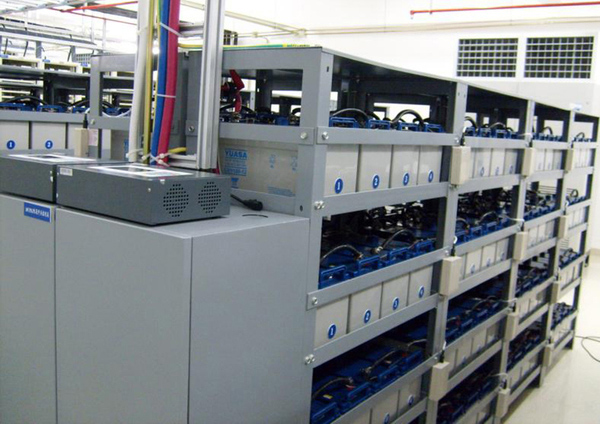Maintaining battery packs is essential for ensuring optimal performance, prolonging lifespan, and ensuring safety. Here are some daily maintenance tasks for battery packs:
- Inspect for Damage: Regularly check the battery pack for any signs of damage, such as leaks, bulging, or corrosion. If any damage is detected, take appropriate action, such as replacing damaged cells or the entire pack.
- Cleanliness: Keep the battery pack and its surroundings clean. Wipe off any dirt, dust, or debris that may accumulate on the pack, as these can interfere with cooling and ventilation, potentially leading to overheating.
- Temperature Monitoring: Monitor the temperature of the battery pack during use. Avoid exposing the pack to extreme temperatures, both hot and cold, as this can affect performance and lifespan. Ensure proper ventilation to dissipate heat during charging and discharging.
- Charge Management: Follow recommended charging practices for the specific type of battery pack you are using. Avoid overcharging or deep discharging, as these can reduce battery lifespan. Use a charger that is compatible with the battery pack’s specifications.
- Storage: If the battery pack will not be used for an extended period, store it properly. Follow guidelines for storage temperature and charge level to prevent degradation. Some battery chemistries require periodic charging to maintain optimal condition during storage.
- Avoid Overloading: Do not exceed the maximum load capacity of the battery pack. Overloading can lead to excessive stress on the cells, reduced performance, and potential safety hazards.
- Regular Testing: Periodically test the battery pack’s performance using a multimeter or battery analyzer. Check voltage levels, internal resistance, and capacity to ensure they are within acceptable ranges.
- Handle with Care: Handle the battery pack carefully to avoid physical damage. Avoid dropping or subjecting the pack to mechanical shock, as this can damage the cells and internal components.
- Follow Manufacturer Guidelines: Always follow the manufacturer’s guidelines and recommendations for maintenance, charging, and usage of the battery pack. This includes adhering to specified charging rates, temperature limits, and storage conditions.
- Safety Precautions: Be aware of safety precautions related to handling and using battery packs. This includes avoiding short circuits, using appropriate protective gear when handling batteries, and being prepared to respond to emergencies such as thermal runaway.
By performing these daily maintenance tasks, you can help ensure that your battery pack remains in optimal condition, providing reliable power when needed while minimizing safety risks and prolonging lifespan.


